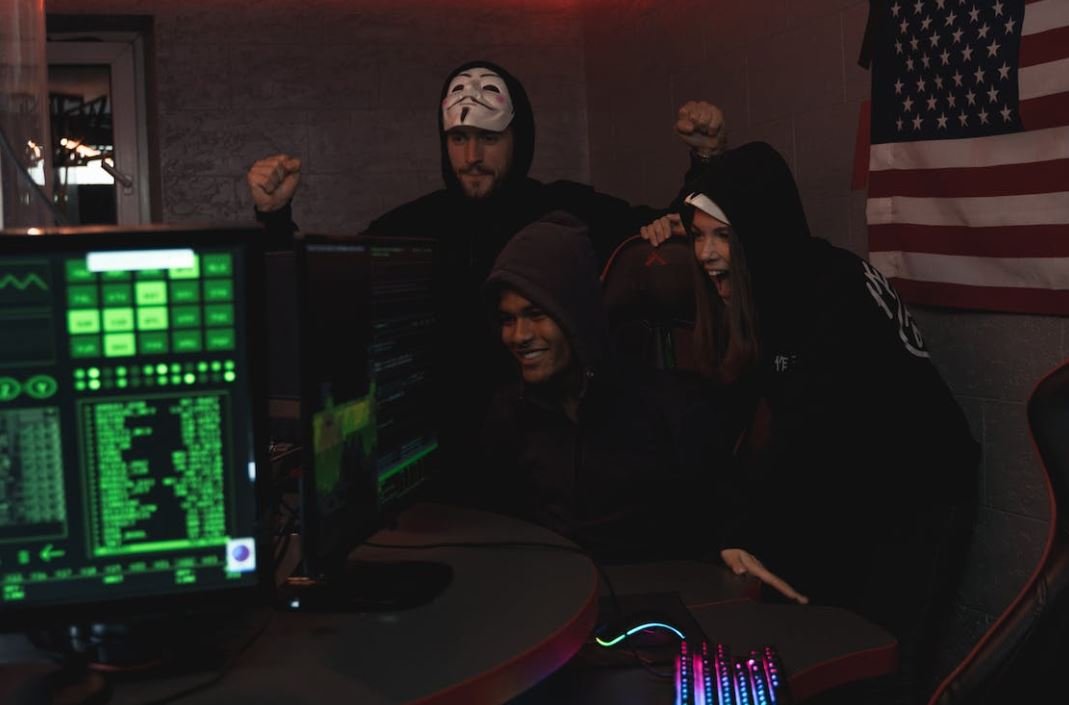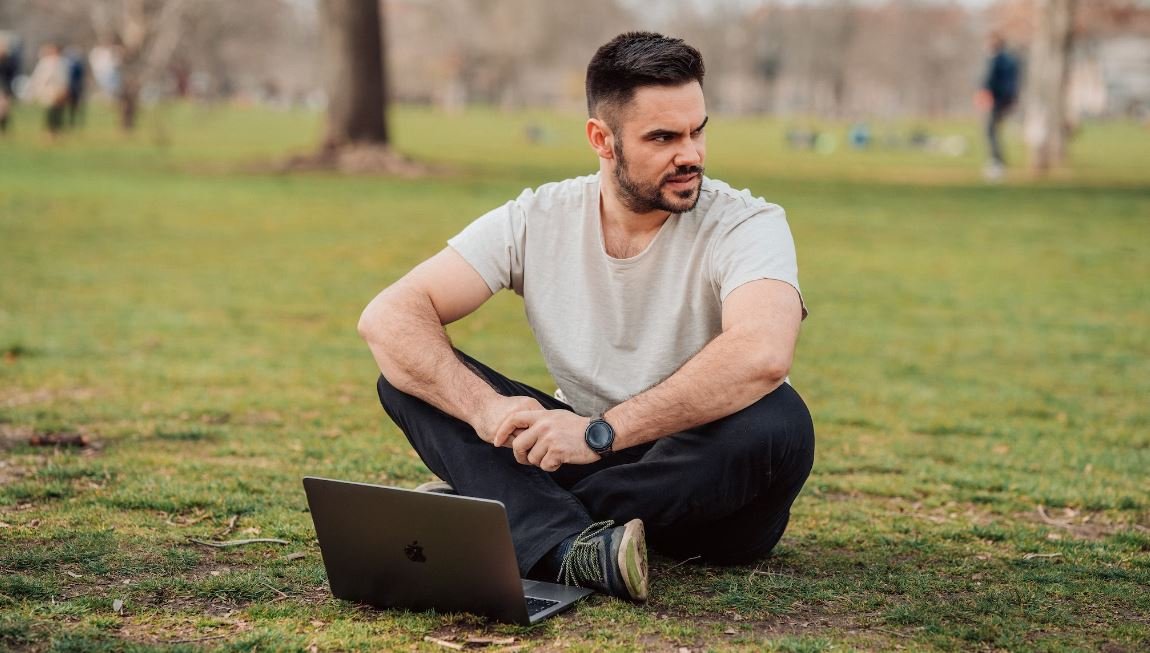What Is Found Footage
Found footage is a unique filmmaking technique that gained popularity in the late 20th century. It involves using footage that appears to be discovered or recorded by a character within the story, creating a sense of authenticity and realism. This style of filmmaking can be found in various genres, including horror, documentary, and even comedy. In this article, we will explore the origins, characteristics, and impact of found footage in the film industry.
Key Takeaways:
- Found footage is a filmmaking technique that uses footage that appears to be discovered or recorded by a character within the story.
- This technique adds a sense of authenticity and realism to the film.
- Found footage can be found in various genres, such as horror, documentary, and comedy.
The Origins of Found Footage
The idea of found footage dates back to the French film “La Chute de la Maison Usher” in 1928, but it became widely known and popularized with the release of the film “The Blair Witch Project” in 1999. This horror film, directed by Daniel Myrick and Eduardo Sánchez, used handheld cameras to give the audience a first-person perspective of the characters’ experiences, creating a sense of fear and immediacy. *Found footage films often have low production budgets, making them attractive options for aspiring filmmakers looking to make an impact with limited resources.*
Main Characteristics of Found Footage
Found footage films typically have several distinct characteristics that set them apart from traditional filmmaking:
- The film is presented as if it’s real, often with a framing device explaining how the footage was found.
- The footage is often shot using handheld cameras or other types of recording devices.
- The camera work can be shaky, creating a documentary-style feel.
- Found footage films often rely on improvised acting to enhance the realism.
Impact and Influence on the Film Industry
The found footage technique has had a significant impact on the film industry since its rise to prominence. It has inspired countless filmmakers to experiment with low-budget storytelling, resulting in unique and innovative approaches to filmmaking. Additionally, found footage films have proven to be commercially successful, with several franchises being built upon the concept, such as the “Paranormal Activity” series. *Despite its occasional criticism for inducing nausea due to shaky camera movements, found footage has managed to captivate audiences with its immersive and suspenseful storytelling.*
Examples of Found Footage Films
Here are some notable examples of found footage films that have left a lasting impact:
| Title | Year | Genre |
|---|---|---|
| The Blair Witch Project | 1999 | Horror |
| Paranormal Activity | 2007 | Horror |
| Cloverfield | 2008 | Science Fiction |
The Future of Found Footage
Found footage continues to be a popular and influential filmmaking technique, with filmmakers constantly finding new ways to utilize the style and push its boundaries. As technology advances, we can expect to see even more immersive and visually stunning found footage films in the future. *With audiences craving authentic and thrilling storytelling, found footage is likely to remain a prominent genre within the film industry for years to come.*

Common Misconceptions
Misconception 1: All found footage films are horror movies
One common misconception people have about found footage films is that they are all horror movies. While it is true that many popular found footage films fall within the horror genre, such as “Paranormal Activity” and “The Blair Witch Project,” not all found footage films are scary. In fact, found footage can be used in a variety of genres, including drama, comedy, and science fiction.
- Found footage films can capture intense and suspenseful moments in non-horror genres.
- These films often provide a more realistic and immersive viewing experience.
- The use of found footage in non-horror genres can bring fresh perspectives and storytelling techniques.
Misconception 2: Found footage films are easy to make
Many people mistakenly believe that found footage films are easy to make since they often involve amateur-looking footage. However, creating a convincing and engaging found footage film requires careful planning, attention to detail, and technical expertise.
- Found footage films require significant pre-production work to establish a believable narrative and create a consistent visual style.
- The filmmakers must manage the logistics of shooting in a realistic, handheld style while maintaining coherence in storytelling.
- Post-production editing is crucial to achieve the desired effect of found footage and enhance the overall experience for the viewers.
Misconception 3: Found footage films are always low-budget productions
While it is true that some of the most well-known found footage films were made on relatively low budgets, not all found footage films are low-budget productions. In fact, there have been several found footage films with larger budgets and high production values.
- Found footage films with larger budgets have more resources to invest in convincing special effects and realistic set designs.
- Higher-budget found footage films often feature well-known actors and experienced filmmakers, bringing a higher level of performances and craftsmanship.
- Investing in better equipment and production quality can result in a more polished and visually appealing found footage film.
Misconception 4: All found footage films are based on true events
Another common misconception is that all found footage films are based on true events. While many found footage films draw inspiration from real-life events, there are also fictional found footage films that purely exist within the realm of storytelling.
- Fictional found footage films allow filmmakers to explore imaginative narratives and create worlds without the constraints of reality.
- Even if a found footage film claims to be based on true events, it is important to remember that it is still a work of fiction and should be approached as such.
- Whether based on reality or not, found footage films can still convey powerful messages and evoke strong emotions in viewers.
Misconception 5: Found footage films are a recent phenomenon
Although found footage films have gained significant popularity in recent years, they are not a new phenomenon. In fact, the origins of found footage can be traced back to early experimental films and documentary styles of the 1920s and 1930s.
- Early found footage films utilized borrowed or repurposed footage to create new narratives and experiment with visual storytelling techniques.
- The use of found footage in filmmaking has evolved and adapted over the years, resulting in the diverse range of found footage films we see today.
- Found footage continues to be a compelling and innovative storytelling approach in contemporary cinema.

Why Found Footage Films Are Popular
Found footage films have gained considerable popularity in recent years due to their unique storytelling techniques. This article explores various elements that make found footage films intriguing and engaging for audiences.
The Blair Witch Project vs. Paranormal Activity
This table compares two popular found footage films, The Blair Witch Project and Paranormal Activity, in terms of their budget, box office earnings, and overall success.
| Film | Budget (USD) | Box Office Earnings (USD) | Success Rating |
|---|---|---|---|
| The Blair Witch Project | $60,000 | $248,639,099 | High |
| Paranormal Activity | $15,000 | $193,355,800 | High |
The Rise of Found Footage Films
This table highlights the increasing trend of found footage films by showcasing the number of releases from different decades over time.
| Decade | Number of Found Footage Films Released |
|---|---|
| 1980s | 3 |
| 1990s | 9 |
| 2000s | 21 |
| 2010s | 57 |
| 2020s (as of 2022) | 12 |
Found Footage vs. Traditional Filmmaking
This table depicts a comparison between found footage and traditional filmmaking techniques, highlighting the distinctive aspects that set them apart.
| Aspect | Found Footage | Traditional Filmmaking |
|---|---|---|
| Realism | High | Variable |
| Budget | Low | Variable |
| Stability of Shots | Shaky/Camera Movement | Stable |
| Scripted Dialogues | Improvised/Partial | Scripted |
| Professional Actors | No/Limited | Yes |
Found Footage Subgenres
This table showcases different subgenres within the found footage genre, highlighting their key characteristics.
| Subgenre | Characteristics |
|---|---|
| Supernatural Horror | Paranormal activities, hauntings, unexplained phenomena |
| Science Fiction | Alien encounters, time travel, technology |
| Mockumentary | Fictional documentaries, satire, comedy |
| Survival | Isolation, dangerous environments, suspense |
| Historical | Reenactments, historical events, archival footage |
Found Footage Films: Reception & Criticism
This table provides a summarized overview of the reception and criticism found footage films receive from audiences and critics.
| Aspect | Reception | Criticism |
|---|---|---|
| Immersive Experience | Positive | Motion sickness, disorientation |
| Realistic Feel | Positive | Unconvincing acting, contrived scenarios |
| Suspense and Tension | Positive | Unreliable storytelling, disjointed plot |
| Novelty Factor | Positive | Limited creative freedom, overused tropes |
| Documentary Style | Positive | Lack of character development, predictable outcomes |
Influence of Found Footage on Horror Genre
This table explores the impact of found footage films on the overall horror genre and its subsequent evolution.
| Impact | Description |
|---|---|
| Realism | Shifted focus towards more immersive and authentic horror experiences. |
| Cinematic Techniques | Inspired new visual storytelling techniques and experimental approaches. |
| Low-Budget Success | Paved the way for low-budget horror films to achieve significant commercial success. |
| Found Footage Tropes | Introduced and popularized various recurring tropes within the genre. |
| Cross-Genre Blending | Encouraged the merging of found footage with other genres to create unique experiences. |
Found Footage Filmmaking Techniques
This table outlines some common techniques employed in found footage filmmaking and their intended effects.
| Technique | Description | Effect |
|---|---|---|
| Handheld Camera | Shaky footage filmed by character(s) holding the camera | Increases tension and realism |
| Security Cameras | Utilizes footage from surveillance systems | Enhances suspense and enables multiple perspectives |
| Webcams/Vlogs | Footage recorded by characters using personal cameras | Facilitates intimacy and relatability |
| Found Tapes | Discovering existing footage as a plot device | Engages curiosity and provides backstory |
| Pseudo-Documentaries | Fabricated documentary-style films | Blurs lines between reality and fiction |
The Legacy of Found Footage
Found footage films have left a lasting impact on the film industry, revolutionizing storytelling techniques and inspiring filmmakers to experiment with new styles. While opinion on the genre remains divided, its influence is undeniable.
Frequently Asked Questions
What is found footage?
How do found footage films differ from traditional films?
What is the purpose of using the found footage technique?
Can found footage films be based on real events?
What are the challenges of making a found footage film?
Are there any notable examples of found footage films?
Why do found footage films often fall under the horror genre?
Can found footage films contain special effects?
Are all found footage films presented as documentary-style films?
What is the appeal of found footage films?




